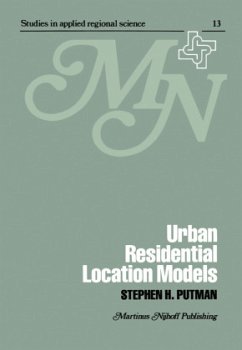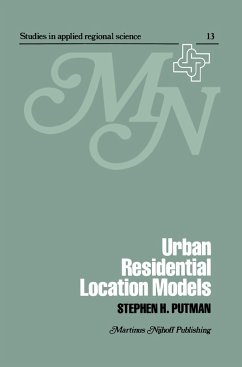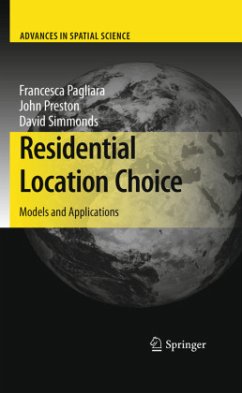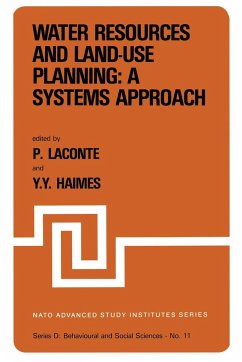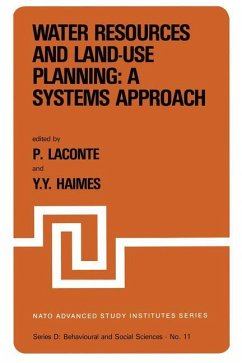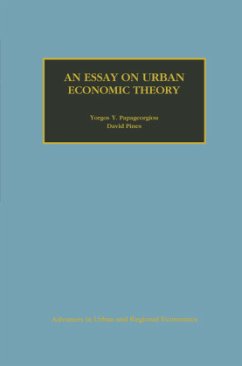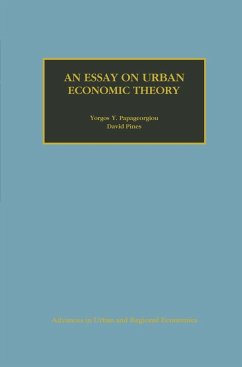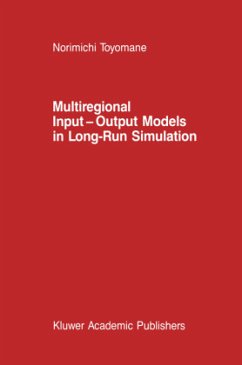
Landownership and Residential Land Use in Urban Economies
Existence and Uniqueness of the Equilibrium

PAYBACK Punkte
20 °P sammeln!
As a prototype for introducing landownership into an urban residential choice model, a basic model of residential land use is proposed in which a group of city residents is assumed to own jointly a circular area of land extending from the central business district. Absentee and public landownership models are considered as special cases. With this basic model, the existence and uniqueness of the land-use equilibrium can be shown, and the effects of landownership, household income, and population can be analyzed. By extending this model to an arbitrary subset of the city land and by introducing...
As a prototype for introducing landownership into an urban residential choice model, a basic model of residential land use is proposed in which a group of city residents is assumed to own jointly a circular area of land extending from the central business district. Absentee and public landownership models are considered as special cases. With this basic model, the existence and uniqueness of the land-use equilibrium can be shown, and the effects of landownership, household income, and population can be analyzed. By extending this model to an arbitrary subset of the city land and by introducing a crowding externalities variable, the effects of landownership on the land-use equilibrium are examined using comparative statistics. This book will be extremely useful for those whose work or research covers the fields of economics, urban planning, or regional studies.





